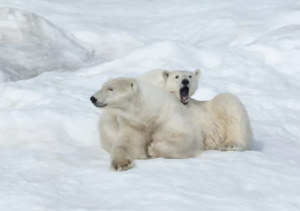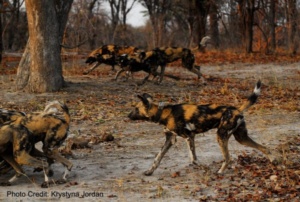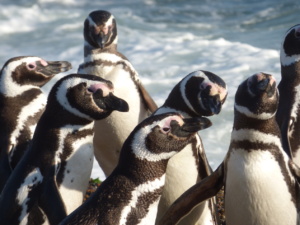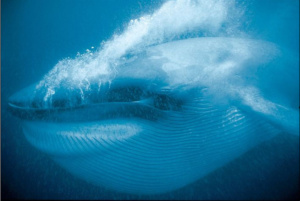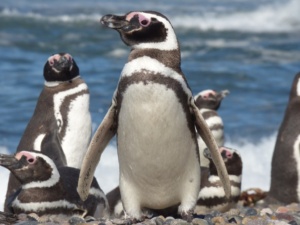Using the power of models to protect whales from possible ship-strikes
Written by Dr. Anna Nisi We have been building cutting-edge models of species distributions for four great whale species – blue, fin, sperm, and humpback whales. One key threat to the great whales is collisions with shipping vessels, and identifying places where ship-strike risk is high is essential for informing mitigation actions like vessel slow-downs. Our next step is to […]
Using the power of models to protect whales from possible ship-strikes Read More »


